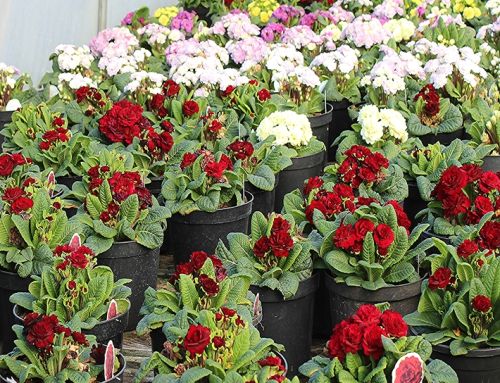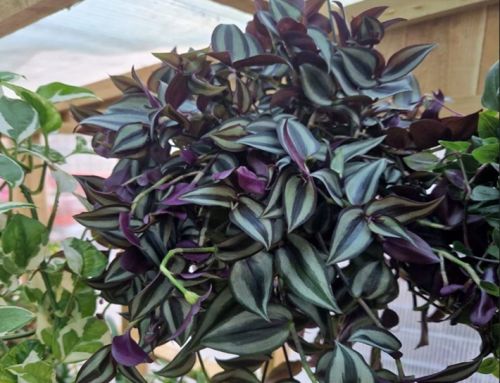Michaelmas Daisies.
If your garden needs a shot in the arm as the days get shorter and shorter, then these are another weapon in your floral arsenal. Combine them with the hardy Chrysanthemums, Rudbeckias, Schizostylis and hardy Fuchsias to make the Autumn garden as bright as it is in high Summer.
These traditional cottage garden plants have a place in all our hearts. They herald the approach of Autumn where their large sprays of daisy-like flowers are produced so prolifically in a multitude of colours, from white right through to deepest violet.
Modern varieties come in all shapes and sizes ranging from 15 cm to nearly 2 metres (6”-6’). – so in short, a garden without these is lacking something. There is one for all but the most difficult sites. Needing little care, and spreading rapidly, they are simplicity itself.
Easily grown in the cottage garden.
They prefer a sunny site and, with careful choosing of the correct varieties, can flower from August until October. Good garden soil is essential as stressed plants tend to succumb to mildew. It is a wise precaution to give them a quick fungicidal spray two or three times during the growing season, when you do your roses, to keep this in check.
There are predominantly two types of Michaelmas Daisy, the New England Asters (Aster novae-angliae) and the New York Asters (Aster novi-belgii).
The New England Asters tend to be slightly more ragged in appearance but never need staking and are totally mildew free!
The New York Asters come in a much, much wider range of colours and heights but can sometimes, but not always, be prone to mildew.
Easy and reliable.
Both types are virtually bomb proof, withstanding even severe frosts for weeks on end. As with most cottage garden plants they really need lifting, splitting and replanting every three or four years. The best bits to replant (in a loose circle) are the vigorous shoots from the edges… discard the old woody centres. Just when you think there can be nothing better to say about these, how about the fact that they make excellent cut flowers and are one of the best insect friendly groups available, loved especially by bees. Late flowers being vital to our winged honey factories to help them through the Winter. Oh and just to confuse you the RHS in their infinite wisdom have just renamed them as Symphyotrichum. Nothing in this life is easy…. I think that it might be changed back in a few years… what a mouthful!! More info here








